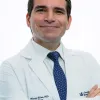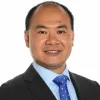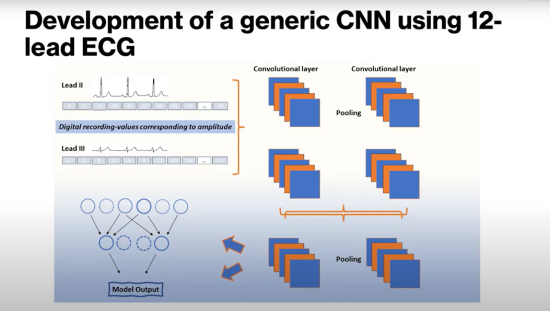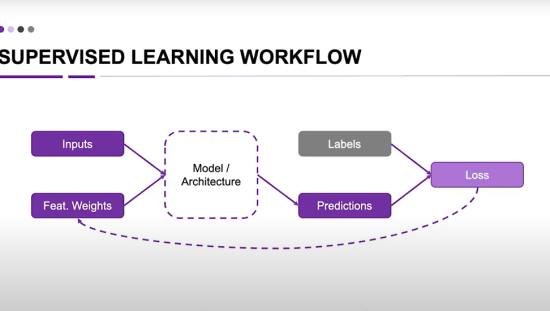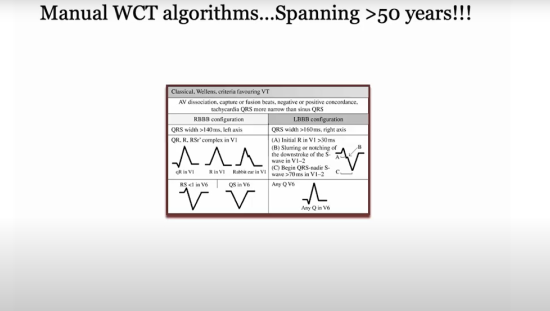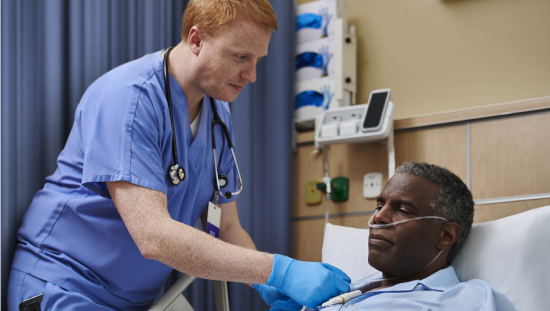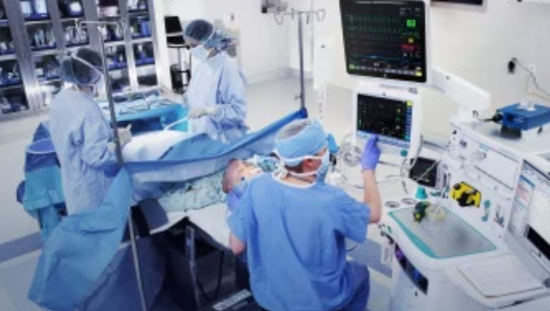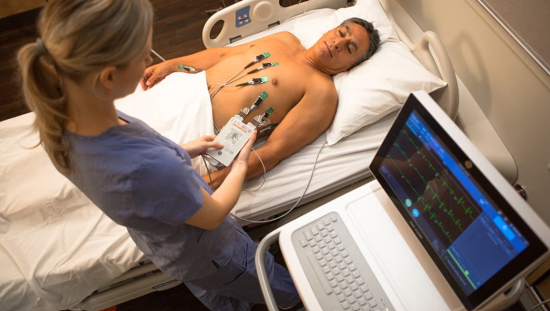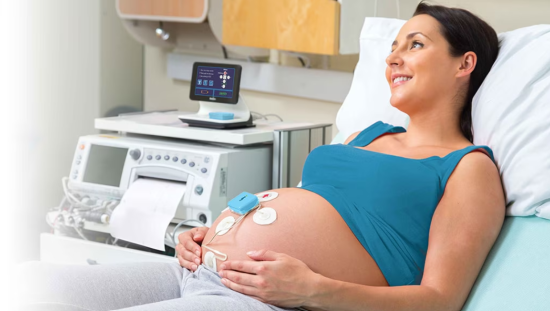AI-ECG in clinical medicine part 1: How clinicians are using AI in clinical medicine
Speakers
In this webinar, Dr. Elias and Dr. Ng review how clinicians use AI in clinical medicine
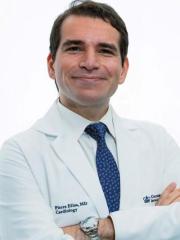
Pierre Adil Elias, MD
Pierre Elias is an Assistant Professor in the Division of Cardiology and the Department of Biomedical Informatics at Columbia University Irving Medical Center, where he practices as a general cardiologist. He is also the Medical Director for Artificial Intelligence at New York-Presbyterian. His research lab develops machine learning technologies for medical imaging to improve the detection and management of cardiovascular disease.
Dr. Elias received his medical degree at Duke University School of Medicine in North Carolina. He completed his residency in Internal Medicine and fellowship in Cardiovascular Disease at New York-Presbyterian/Columbia University Irving Medical Center through the Clinician-Scientist Pathway. He has been named a STAT News Wunderkind highlighting 20 of the most innovative junior researchers in the country and has received the Emerging Generation Award from the American Society of Clinical Investigation. He was previously a data scientist at Lumiata, helping develop Google’s Knowledge Graph for Health.
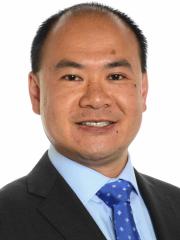
Dr Fu Siong Ng
Dr Fu Siong Ng is a consultant cardiologist based in London who specialises in arrhythmia, atrial fibrillation, cardiac (catheter) ablation, pacemakers, implantable cardioverter defibrillator (ICD) and palpitations. He practices privately at The Harley Street Clinic in Central London, BMI Syon Clinic in Brentford and Imperial Private Healthcare in West London alongside his honorary consultant cardiologist roles for Imperial College Healthcare NHS Trust and Chelsea and Westminster Hospital NHS Foundation Trust.
Dr Ng is a clinical academic and alongside his medical work, where he performs catheter ablation procedures for a range of arrhythmias such as atrial fibrillation, atrial tachycardias, atrial flutter, supraventricular tachycardia (SVT) and ventricular ectopy/tachycardia and implants cardiac devices like pacemakers, defibrillators, loop recorders and biventricular pacemakers (CRT), he conducts research into arrhythmogenic mechanisms.

